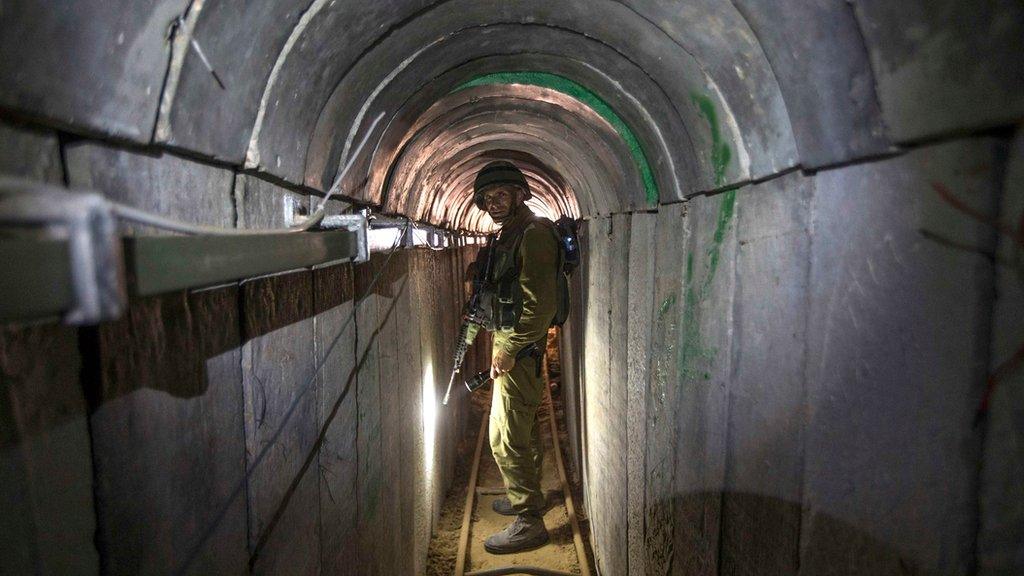Israel targets Hamas’s labyrinth of tunnels under Gaza
- Published
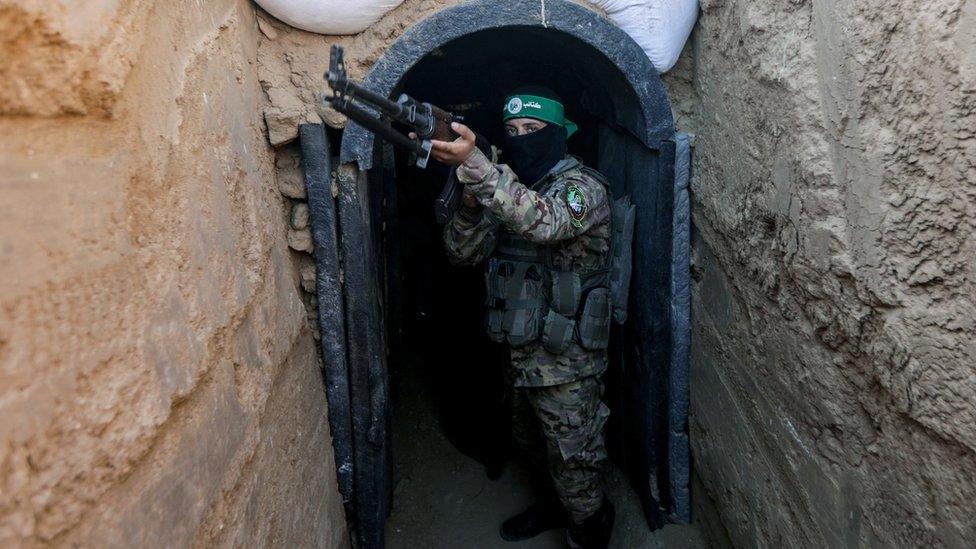
The leader of Hamas in Gaza has previously claimed that it has 500km of tunnels
Israel says it is striking parts of a secret labyrinth of tunnels built underneath the Gaza Strip by Hamas, as it continues to retaliate for the Palestinian Islamist militant group's unprecedented cross-border attack on Saturday.
"Think of the Gaza Strip as one layer for civilians and then another layer for Hamas. We are trying to get to that second layer that Hamas has built," an Israel Defense Forces (IDF) spokesperson said in a video on Thursday, external.
"These aren't bunkers for Gazan civilians. It's only for Hamas and other terrorists so that they can continue to fire rockets at Israel, to plan operations, to launch terrorists into Israel," they claimed.
It is very difficult to assess the size of the network, which Israel has dubbed the "Gaza Metro" because it is believed to stretch beneath a territory that is only 41km (25 miles) long and 10km wide.
Following a conflict in 2021, the IDF said it had destroyed more than 100km of tunnels in air strikes. Hamas meanwhile claimed that its tunnels stretched 500km and that only 5% were hit. To put those figures into perspective, the London Underground is 400km long and is mostly above ground.

Tunnel construction began in Gaza before Israel withdrew its troops and settlers in 2005.
But it was ramped up after Hamas took control of the Strip two years later, which prompted Israel and Egypt to begin restricting the movement of goods and people in and out for security reasons.
At its peak, almost 2,500 tunnels running underneath the Egyptian border were used to smuggle in commercial goods, fuel and weapons, external by Hamas and other militant groups.
The smuggling became less important to Gaza after 2010, when Israel began allowing more goods to be imported through its crossings. Egypt later shut the smuggling down by flooding or destroying the tunnels.
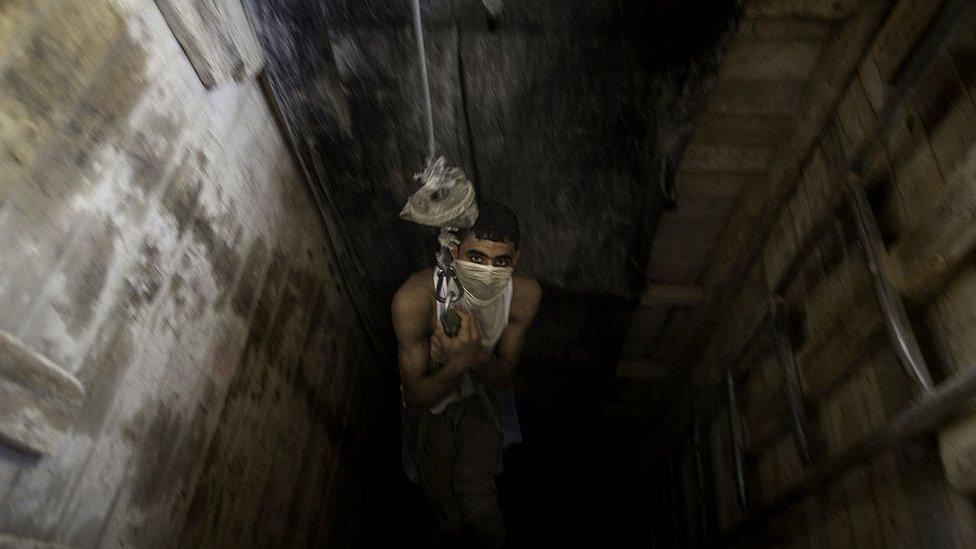
Tunnels were dug under the Egyptian border to bring in all kinds of goods and weapons
Hamas and other factions also started digging tunnels to attack Israeli forces.
In 2006, militants used one underneath the border with Israel to kill two Israeli soldiers and seize a third, Gilad Shalit, who they held captive for five years.
In 2013, the IDF discovered a 1.6km-long, 18m-deep tunnel lined with a concrete roof and walls leading from the Strip to land near an Israeli kibbutz after residents heard strange sounds.
The following year, Israel cited the need to eradicate the threat of attacks by militants using such "terror tunnels" under the frontier for a major air and ground offensive in Gaza.
The IDF said its forces destroyed more than 30 tunnels during the war. But a group of militants were also able to use one to mount an attack in which four Israeli soldiers were killed.
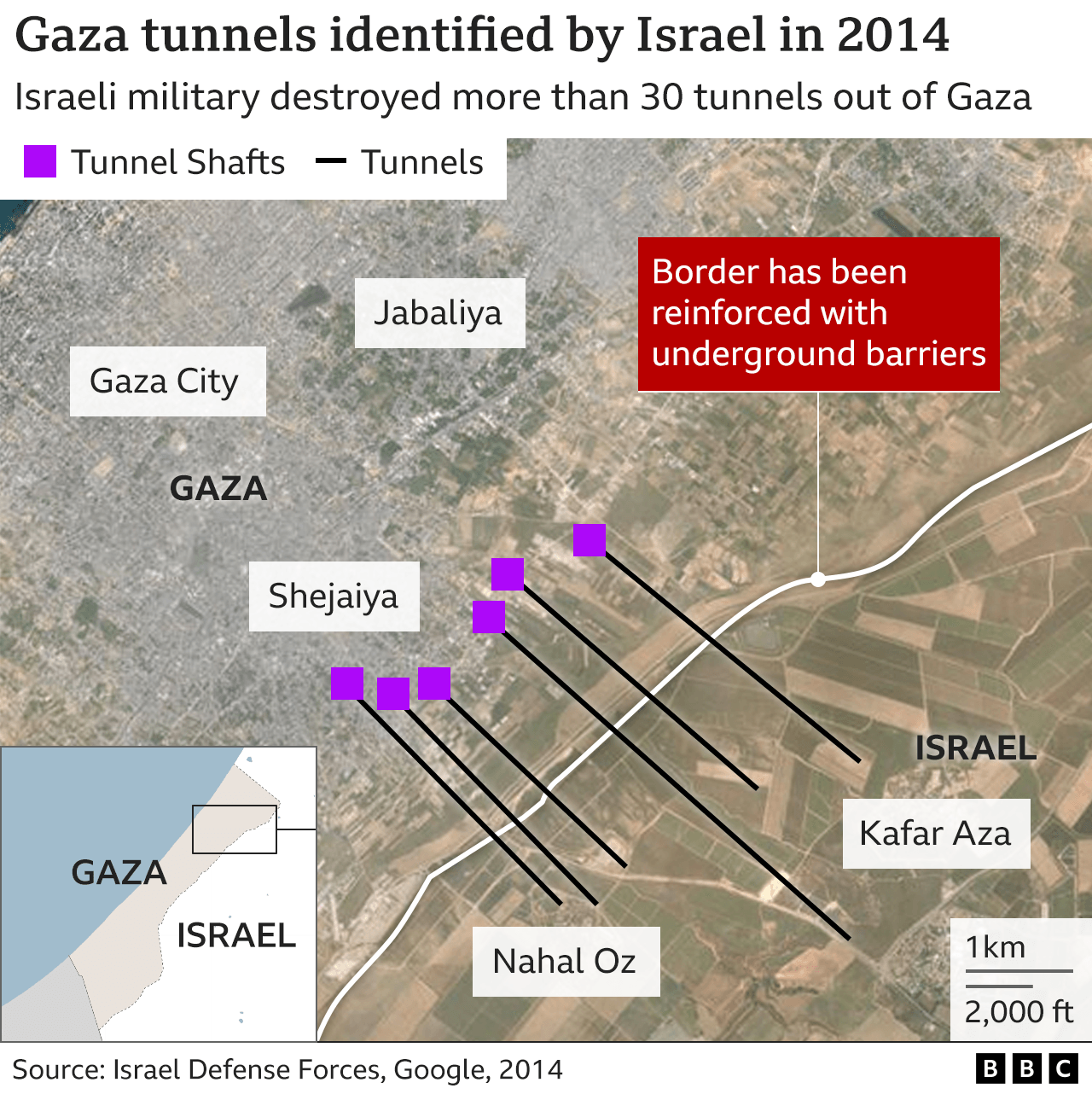
"The cross-border tunnels tend to be rudimentary, meaning they have barely any fortification. They are dug for a one-time purpose - invading Israeli territory," says Dr Daphné Richemond-Barak, an expert on underground warfare who teaches at Reichman University in Israel.
"The tunnels inside Gaza are different because Hamas is using them on a regular basis. They are probably more comfortable to be in for longer periods of time. They are definitely equipped for a longer, sustained presence."
"The leaders are hiding there, they have command-and-control centres, they use them for transport and lines of communication. They are equipped with electricity, lighting and rail tracks. You can move around more and stand."
She says Hamas appears to have "perfected the art" of tunnel building and warfare in recent years, having learned a huge amount by observing the tactics of Syrian rebel fighters in Aleppo and jihadist militants from the Islamic State (IS) group in Mosul.
News report, February 2015: Quentin Sommerville was blindfolded before gaining access to a Palestinian Islamic Jihad tunnel
The tunnels inside Gaza are believed to be as much as 30m (100ft) below the surface and have entrances located on the bottom floors of houses, mosques, schools and other public buildings to allow militants to evade detection.
Building the network has also come at a cost to the local population. The IDF has accused Hamas of diverting millions of dollars given to Gaza in aid to pay for the tunnels as well as tens of thousands of tons of cement intended for rebuilding homes destroyed in previous wars.
It is possible that a cross-border tunnel was used by Hamas militants during last weekend's attacks in Israel, in which at least 1,300 people were killed, most of them civilians, and more than 150 others were taken as hostages. There were reports that a tunnel exit was discovered near the kibbutz of Kfar Aza, where dozens of civilians were massacred.
If that is confirmed, the tunnel would have been built beneath the underground concrete barrier studded with sophisticated anti-tunnel detection sensors which Israel finished installing at the end of 2021, external.
Dr Richemond-Barak says it would be a shock, but stresses that no tunnel detection system is fool-proof. "This is why tunnels have been used for time immemorial in war, because is there no way to prevent them."
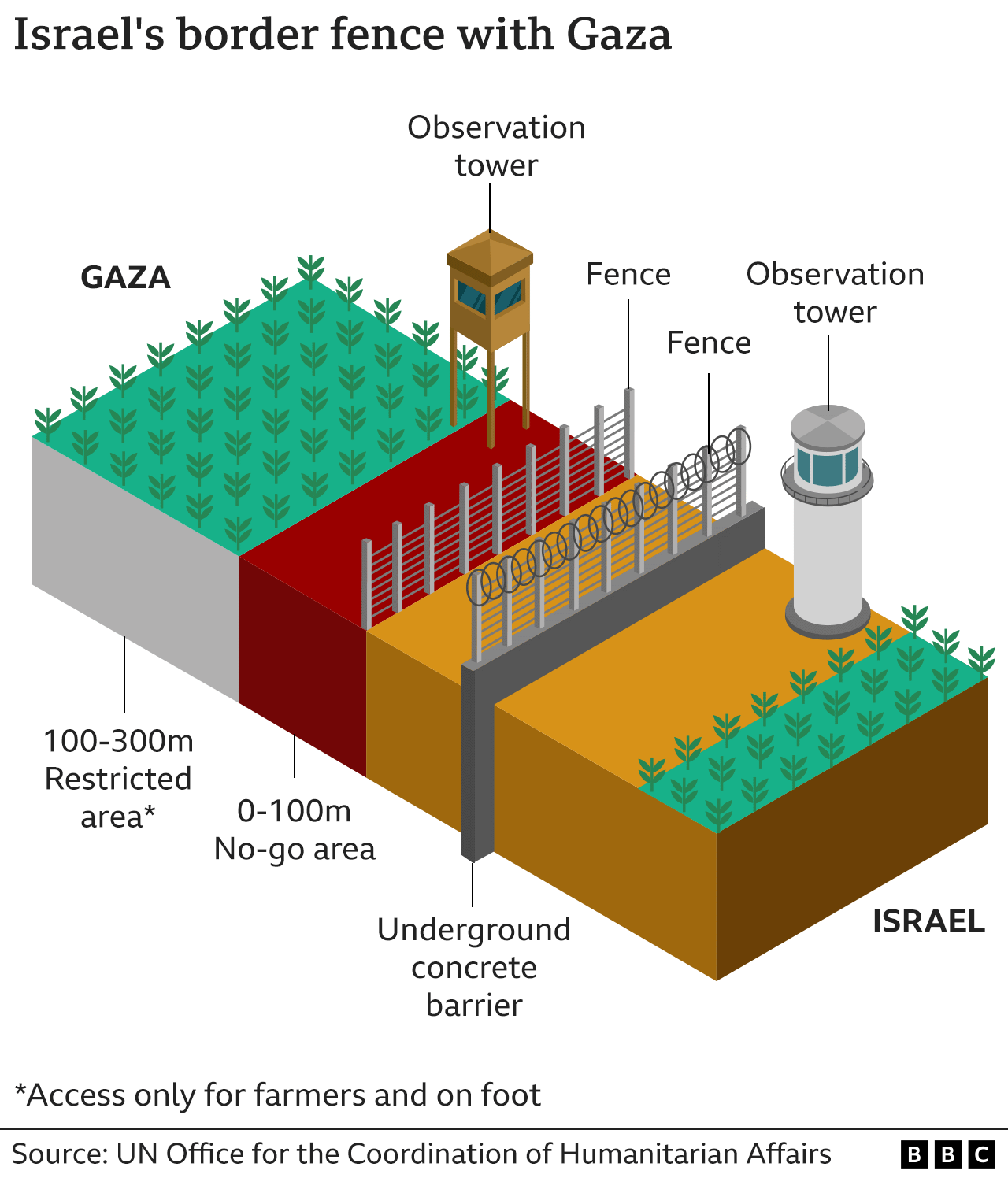
She also cautions that it is unrealistic for the Israeli establishment and general public to believe it will be possible for the IDF to destroy Hamas's entire network of tunnels in Gaza, as hundreds of thousands of troops mass nearby for a possible ground operation.
"There will be parts of the network where civilians, for whatever reason, will not evacuate... Some parts of the underground network are unknown. And for some of them the collateral damage will be too high."
Destroying the tunnels will also lead to a significant loss of life - among Israeli forces on the ground, Palestinian civilians and the hostages, she warns.
More than 1,500 Palestinians in Gaza, many of them civilians, have already been killed in retaliatory Israeli air strikes since Saturday.
"Hamas is very good at using human shields. Once a strike is imminent and they know it, they will put innocent civilians on top of buildings. That has forced Israel to cancel strikes many times," Dr Richemond-Barak says.
"Having mastered the technique, Hamas could easily use it in the context of the tunnels and simply put Israeli, American and other hostages inside them."
During the 2021 conflict, a series of devastating air strikes in Gaza City brought three residential buildings crashing to the ground, killing 42 people. The IDF said it targeted underground tunnels, but that when they collapsed the building's foundations collapsed too.
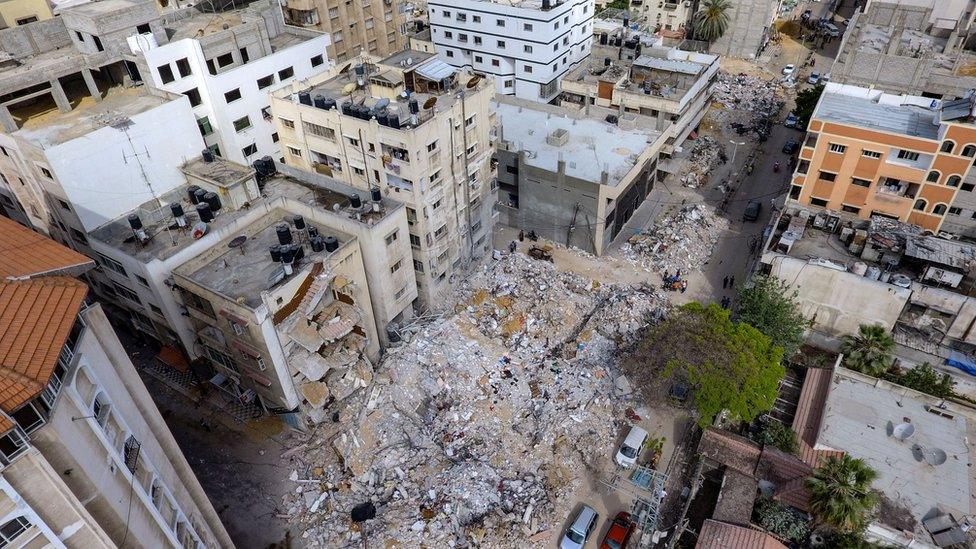
Three Buildings collapsed in Gaza City in 2021 after tunnels nearby were hit in an Israeli air strike
The tunnel network will also negate the advantages that the IDF has in terms of technology and intelligence, magnify the difficulties of urban warfare, and pose a lethal threat to Israeli troops, according to Dr Richemond-Barak.
"First of all, Hamas has had plenty of time to booby-trap the entire network," she says. "They could just let the soldiers enter into the tunnel network and then eventually blow the whole thing up."
"They could kidnap [the soldiers in surprise attacks]. And then you have all the other risks - running out of oxygen, fighting the enemy in one-on-one combat, and rescuing wounded soldiers becomes virtually impossible."
She adds: "Even if you don't go inside the tunnel, to secure an area where you suspect that tunnels might be present is very different from just securing an area in general. Here, you have to secure something that is invisible."
The Israeli forces will, however, have some ways to mitigate the risks.
According to Colin Clarke, director of research at the Soufan Group security consultancy, external, these might include sending drones and unmanned vehicles into tunnels to map them and identify booby traps before soldiers clear them.
Warplanes could also drop "bunker busting" bombs, which penetrate deep into the ground before detonating. However, they would pose a risk of collateral damage due to the dense urban terrain.

More on Israel Gaza war
Follow live: Latest updates
History behind the story: The Israel-Palestinian conflict
Kibbutz massacre: Father saves daughter he had not seen in years

- Published16 January
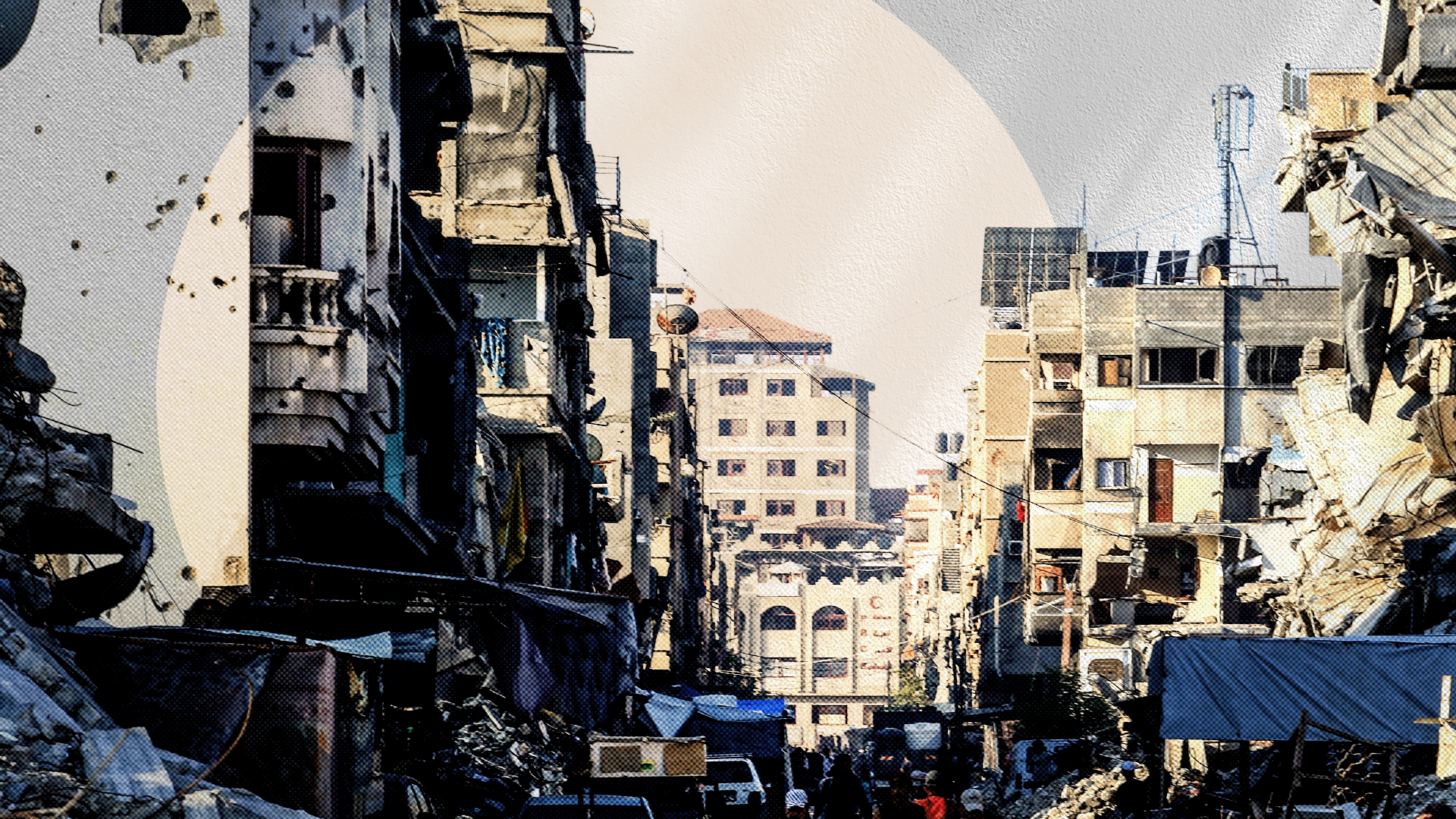
- Published15 April 2018
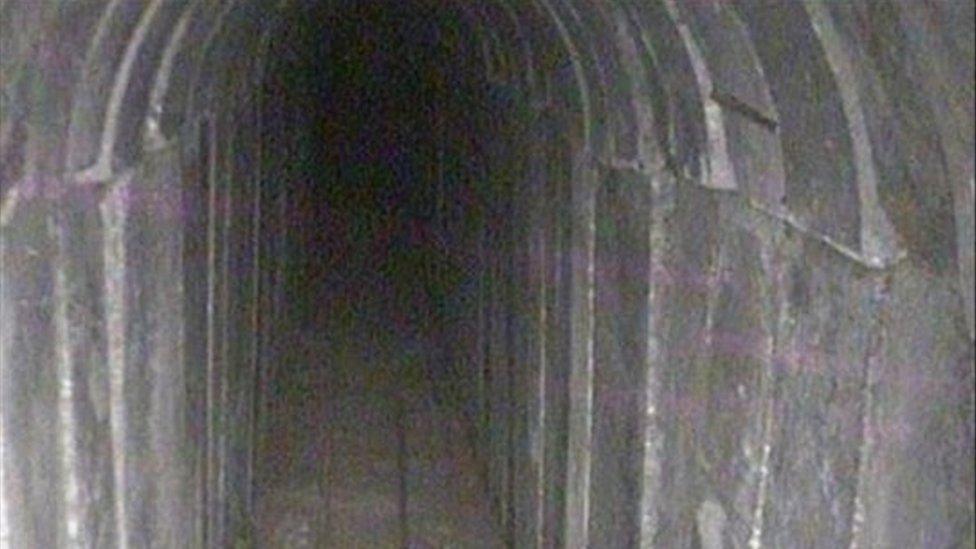
- Published28 January 2016

- Published26 February 2015
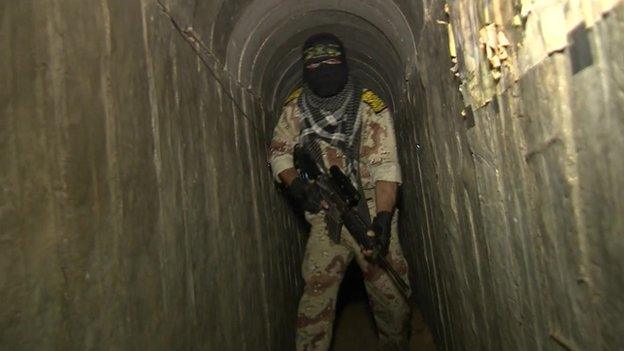
- Published31 July 2014
